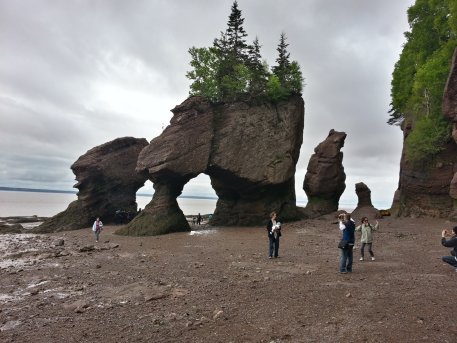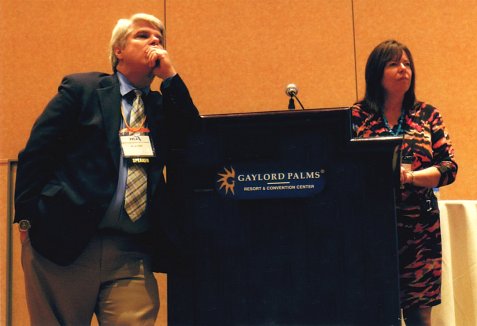
(Copyright Kathleen J. Wile, all rights reserved)
This past weekend, I spoke at the Home Educators of New Brunswick convention in Sussex, New Brunswick (Canada). It was an intimate, well-organized conference with many wonderful people. I spoke a total of five times, once on Friday night and four times on Saturday. Even though they are in another country, Canadians face many of the same problems with their education system that we in the U.S. face with ours. In fact, three of the talks I gave at this convention were “Canadian versions” of the talks I give here at home. They cover the same issues, but they use Canadian statistics rather than U.S. statistics. Nevertheless, the conclusions are very similar.
For example, one of my favorite talks is the one I give about homeschool graduates and what they are doing now. This link is the handout for the U.S. version of the talk, while this link is the one for the Canadian version. Even though the Canadian version contains only Canadian statistics and mostly the stories of individual Canadian homeschool graduates (with a few from the U.S. and New Zealand thrown in for good measure), you can see that the conclusions are really the same: Homeschool graduates are doing wonderfully well and are really making a difference in the world.
Of course, one of the great things about speaking at a convention in another country is that it gives you a chance to do a bit of sightseeing as well. My wife traveled up to New Brunswick after the conference was over, so she and I are traveling around enjoying the lovely countryside. The picture at the top of this post, for example, was taken at Hopewell Cape in the Bay of Fundy. I will write more about that in my next blog post.
As always, I was asked several wonderful questions after my talks and while I was in the exhibit hall.






